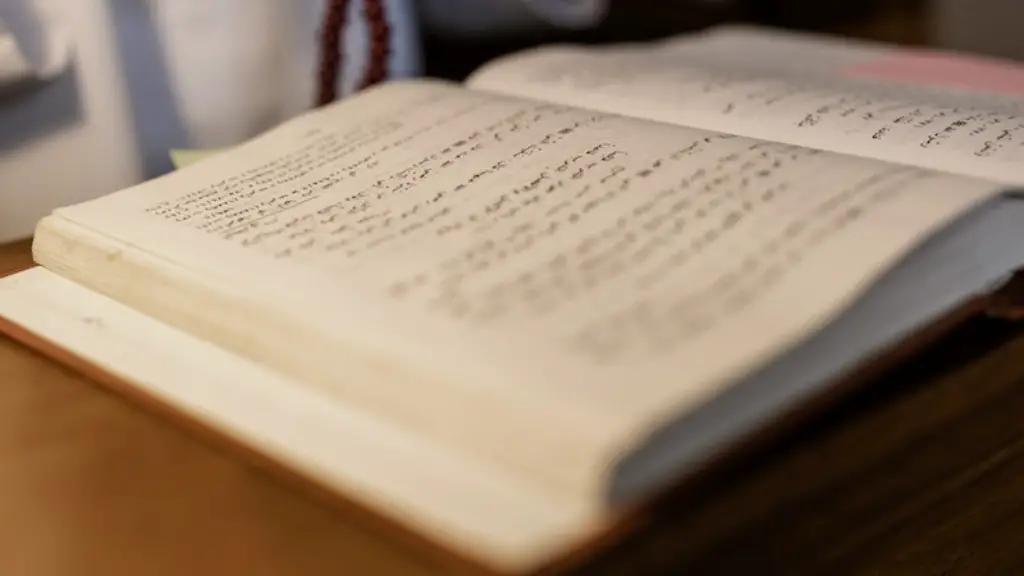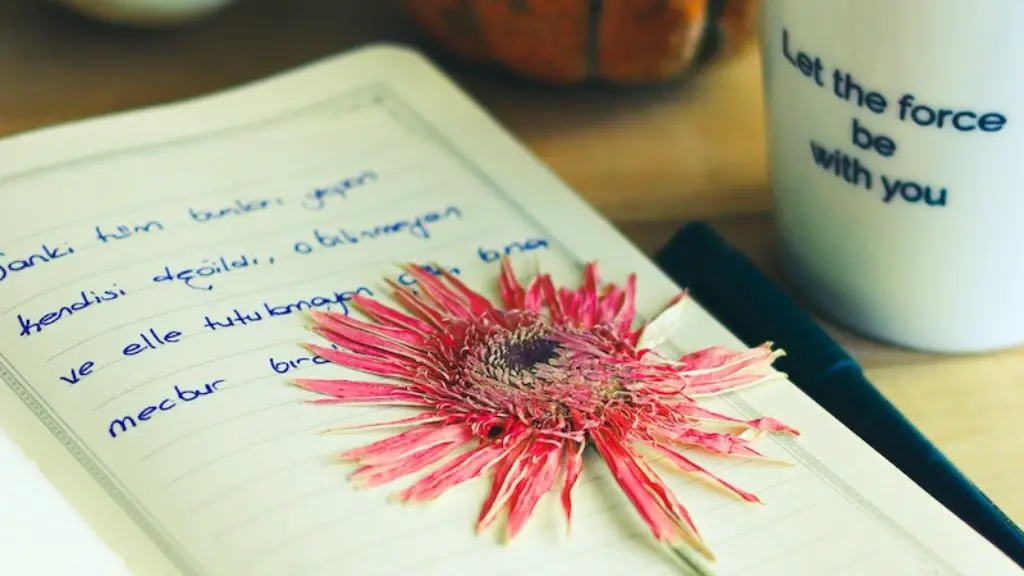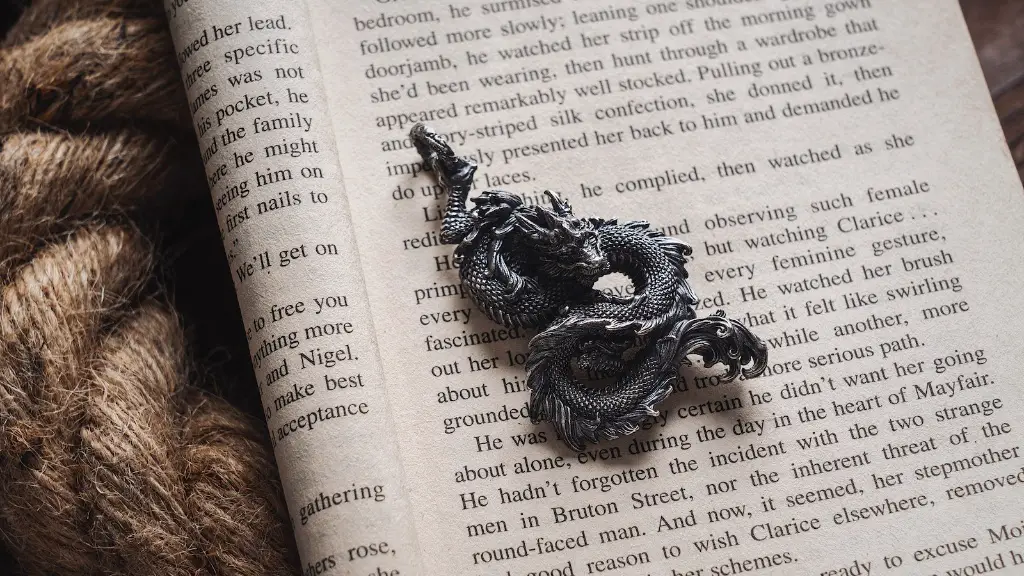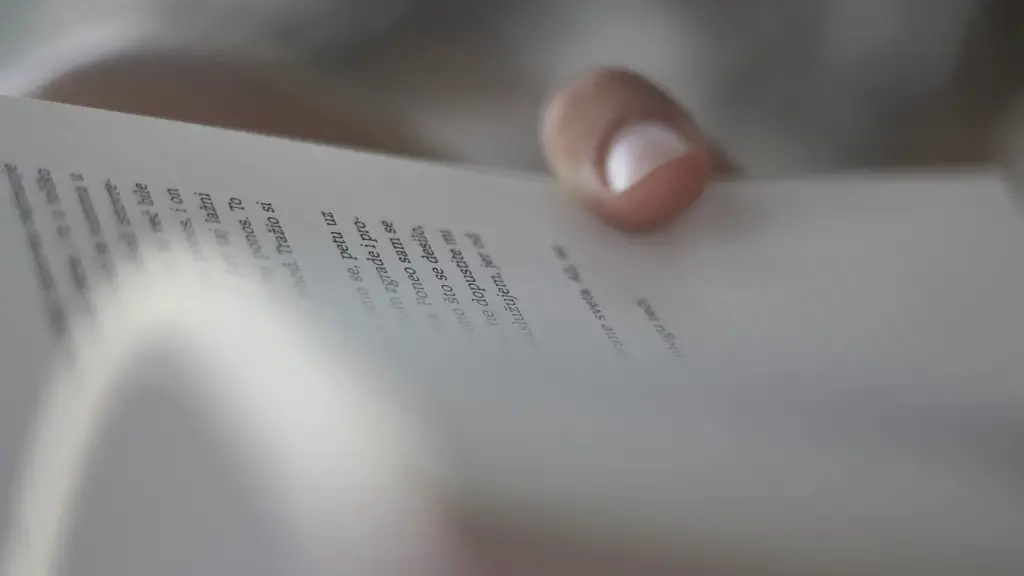Many people ask, “What is the form of poetry?” Poetry is a unique and powerful form of writing that is both economical with words and highly expressive. Poetry has been around since ancient times and has been used to communicate different thoughts, feelings and ideas. Poetry can be written in a variety of forms and often has rhyme, metre and other literary devices used for literary effects. There are numerous forms of poetry that can be found in both traditional and contemporary literature.
The most common form of poetry is known as verse. Verse is a structured form of expression where a poem’s lines and stanzas are arranged according to a sound pattern. This pattern is determined by the rhyme scheme, line length, meter, and stanza form. Verse is further divided into subcategories, such as lyric, narrative, sonnet, elegiac, and ode. These forms all have distinct rules regarding their structure and content.
Apart from verse, the two main forms of poetry are free verse and prose poetry. Free verse is poetry that is written without adhering to any particular patterns of rhyme, meter, or line length. This form of poetry allows for more freedom and allows poets to express their thoughts and feelings without being constrained by traditional literary rules. Prose poetry is a more structured form of poetry where each line is written as a unit, but with more of a focus on the written language. Prose poems often have an overall theme or idea that the poem follows, but do not follow the traditional forms of poetry.
There are many other forms of poetry, such as Epic poetry, Ballad poetry, Limerick poetry, Haiku poetry, and Concrete poetry. Epic poetry is long, narrative poetry that usually tells a heroic story and is usually written in verse. Ballad poetry is a form of traditional popular verse, with lines of two or four measures that often have a refrain. Limerick poetry is a humorous form of poetry with a five line structure and a specific rhyme scheme. Haiku is a seventeen-syllable Japanese form of poetry that often focuses on nature. Concrete poetry is a kind of visual poetry where the words on the page take the shape of what the poem is about.
Over the years, poets have experimented with different forms of poetry, mixing traditional forms with modern approaches. The key to understanding the various forms of poetry is to read widely and understand the basic elements of each form. This includes the context, the meter and the rhyme. Once a poet understands how the form works, they can then start to mix and match different elements to create a unique and powerful piece of poetry.
How to Write Poetry
Writing poetry can be an intimidating and overwhelming task, but it doesn’t have to be. There are a few things to keep in mind when writing poetry that will help you to find your own unique voice and style. One of the most important things to think about when starting to write poetry is to choose a form that best suits your topic. Once you have selected a form, you can then start to fill in the blanks and build upon it in your own unique style. After finding the form that best suits your writing, you can then start to craft the poem.
The first step in writing poetry is to brainstorm ideas and work through your thoughts and feelings. This is a great way to find ways to express yourself and figure out what topics and ideas you want to explore in your work. Once the ideas are down on paper, it can help to break them down further and structure them. This involves identifying the main points of your poem and understanding how to incorporate them into the form of the poem.
The next step is to start writing the poem. This is where you can start to draw on all of your ideas and create the poem. It can help to focus on one idea or theme at a time and see where your imagination takes you. Creating a poem can also involve experimenting with different imagery and language to find the best way to express your ideas. When writing a poem, it is important to stick to the form and rules of the poem, as well as being creative and pushing yourself to try new things.
The Tools of Poetry
In addition to form, there are some other tools that are used in poetry to create powerful and meaningful works of art. These tools include metaphors, symbolism, imagery, and sound. Metaphors are comparisons that allow readers to see the subject matter in a different light and can be used to create powerful images and connections. Symbolism is a way of showing subtle themes and meaning throughout a poem and can help to create deeper meanings and interpretations. Imagery is the use of descriptive language to create vivid connections in poetry and can help to draw readers into the poem.
Sound can also be used to create powerful and emotive works of poetry. This includes the use of rhyme, metre, assonance and alliteration. Rhyme helps to create a musical effect and often makes the poem easier to remember, while metre creates a familiar poetic rhythm. Assonance and alliteration are more subtle forms of sound. Assonance is the use of similar sounding vowel sounds to create a more mellifluous effect, while alliteration is the repetition of consonant sounds to create an effect.
The use of these tools can help poets to create powerful expressions of emotion and meaning. They can also be used to create deeper levels of meaning and to enhance the overall structure of a poem. It is important to remember that all of these tools should be used in moderation and that overusing any one of them can make a poem feel heavy-handed or overbearing.
The Purpose of Poetry
Ultimately, the purpose of poetry is to evoke emotion and capture a moment or feeling in words. A poem can be used to express love, sadness, joy, anger, or any other emotion or feeling. It can be used to reflect on life’s experiences, to explore ideas, or simply to tell a story. Poetry can also be used to convey a message or teach a lesson. No matter what the purpose behind the poem may be, poetry is a powerful form of communication that allows people to express themselves in a unique and personal way.
The Impact of Poetry
Throughout history, poetry has had a major impact on the world. Poems have been used as a form of protest and a way to bring attention to social injustices and political issues. Poems have also been used to inspire and motivate change. Poetry has also been used to express personal thoughts and feelings and has helped people to process life’s challenges and sorrows. Poetry has a long and storied history and has the power to move people and shape the world.
Interpreting Poetry
Interpreting poetry can be a difficult task, as there are often multiple interpretations of a poem. It is important to remember when interpreting a poem that the poet’s intent is key. When attempting to interpret a poem it can helpful to think about the structure and form of the poem, as well as the use of literary devices such as imagery, metaphor and symbolism. It is also important to consider the context in which the poem was written, as well as the feelings and emotions it evokes. Interpretation of a poem can often lead to a deeper understanding and appreciation of the poem.
The Power of Poetry
The power of poetry is not to be underestimated. It can be a powerful form of self-expression, communication and creative outlet. Poetry is also a great way to explore the world and think deeply about ideas, emotions and life’s experiences. It can be used to inspire, motivate and bring awareness to social and political issues. Above all, poetry is a special form of writing that has the power to move and touch people in a way that is unlike any other form of writing.



